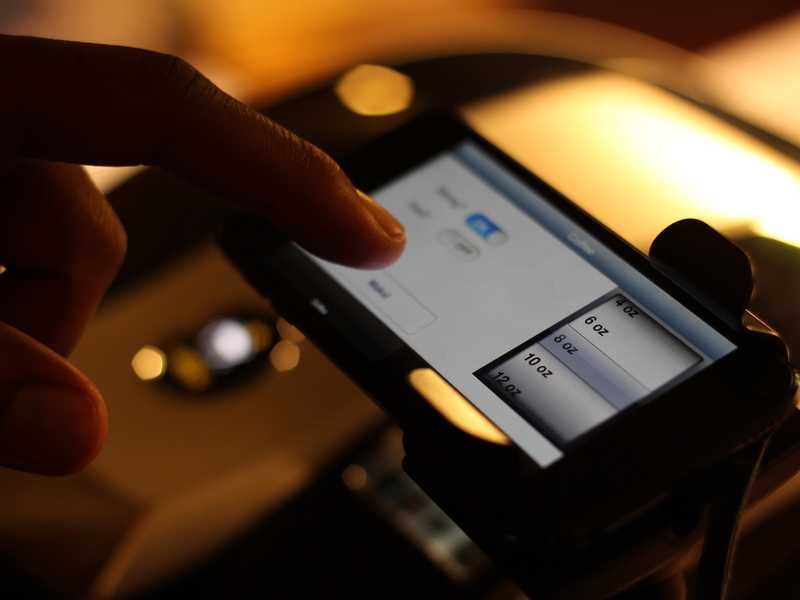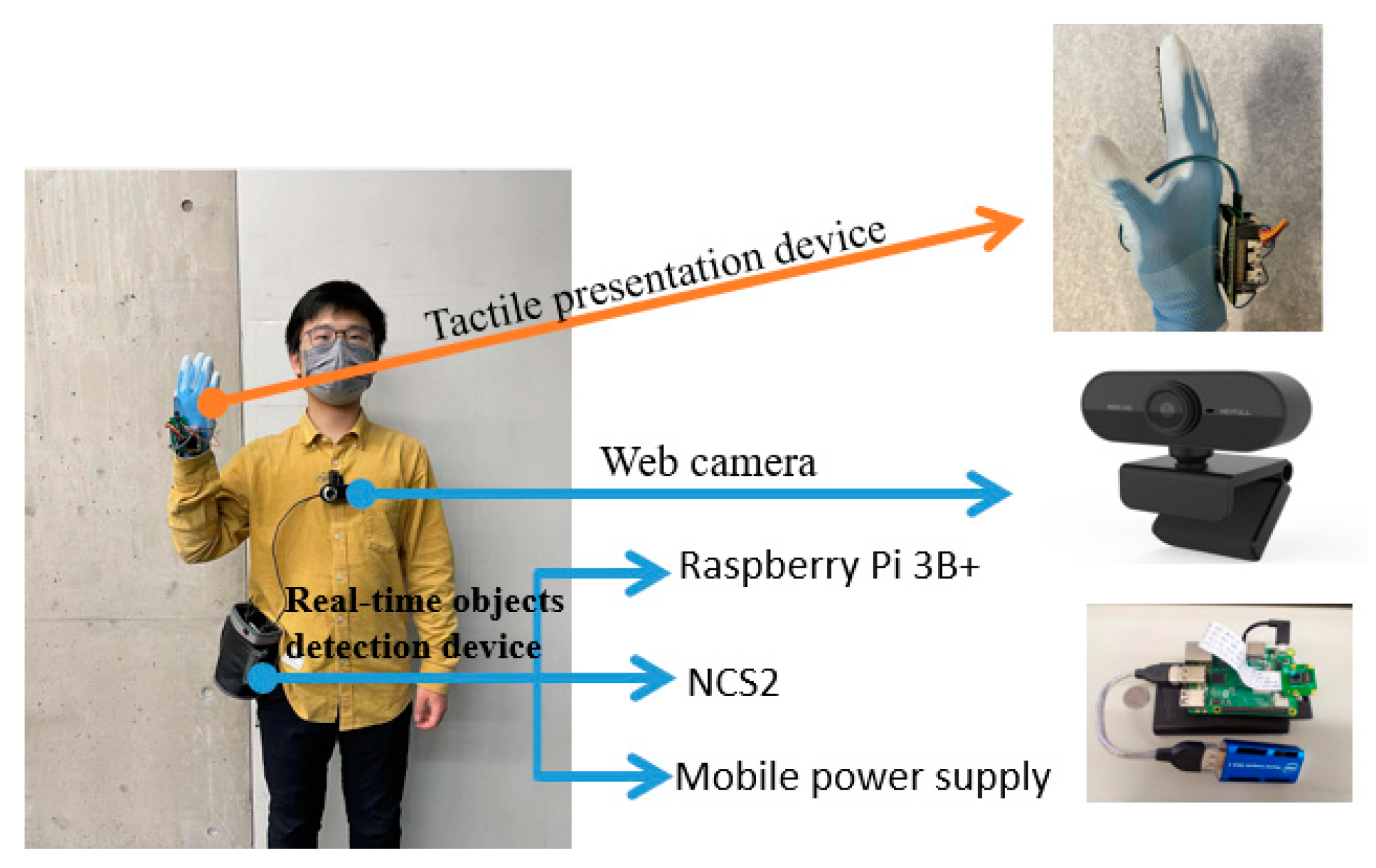Braille Displays and Notetakers: Essential Tools for Learning and Work
Wiki Article
Discover Ingenious Devices Designed for the Visually Damaged
The growth of cutting-edge devices for the aesthetically damaged stands for a considerable innovation in accessibility and freedom. Technologies such as smart glasses with AI capacities and mobile applications created to provide auditory summaries are reshaping daily experiences for individuals.Smart Glasses for Navigating

Smart glasses developed for navigation are revolutionizing the means aesthetically damaged individuals connect with their setting. These innovative devices utilize a combination of video camera technology, expert system, and auditory comments to supply real-time details about environments. By utilizing challenge detection systems, wise glasses can notify individuals to potential threats, allowing much safer flexibility in both familiar and unfamiliar settings.
The combination of GPS modern technology further enhances navigation abilities, permitting users to obtain acoustic instructions as they relocate. This hands-free strategy not only promotes self-reliance yet likewise equips visually impaired individuals to browse city landscapes with boosted confidence. Furthermore, lots of wise glasses are geared up with features that recognize spots and road indications, offering contextual details that boosts the user experience.
In addition, the development of these devices is continuously advancing, with firms functioning to improve the precision of item recognition and increase the series of navigational features. As clever glasses end up being more accessible and budget friendly, they hold the prospective to considerably change every day life for visually damaged individuals. Ultimately, these cutting-edge devices represent a critical action toward inclusivity, offering boosted wheelchair and a greater feeling of autonomy for individuals browsing the globe around them.

Mobile Apps for Daily Living
How can mobile applications boost the lives of aesthetically damaged individuals? Mobile applications are reinventing the means aesthetically damaged users navigate their atmospheres, handle everyday tasks, and access details. These applications supply important support with various functionalities, fostering independence and enhancing lifestyle.Numerous cutting-edge mobile applications are designed particularly for daily living. Apps like Be My Eyes link aesthetically damaged users with sighted volunteers using video calls, enabling them to receive real-time help with tasks such as checking out labels or browsing unfamiliar rooms. Seeing AI, created by Microsoft, uses fabricated intelligence to explain surroundings, checked out message, and recognize objects, successfully changing a smartphone into a powerful device for day-to-day assistance.
Additionally, navigation applications customized for the aesthetically impaired, such as Aira and BlindSquare, use audio-based instructions and ecological information, making it possible for users to traverse their surroundings securely and with confidence. Beyond navigating and immediate help, mobile apps additionally support organization and job monitoring, with features that assist users set reminders, produce order of business, and track visits. In recap, mobile applications offer as essential resources, equipping aesthetically impaired individuals to lead more independent and meeting lives.
Wearable Technologies for Aid
Empowerment through innovation is progressively noticeable in the realm of wearable devices made to help aesthetically impaired individuals. These ingenious tools integrate perfectly into life, improving navigation and offering necessary comments to individuals. For example, smart glasses geared up with cams can read and recognize faces text out loud, enabling individuals to communicate even more with confidence in professional and social setups.Another noteworthy development is the usage of haptic responses systems in wearable tools. These systems make use of resonances or other tactile signals to convey info about the customer's setting, such as challenges or changes in terrain, boosting flexibility and security. Wearable innovations also consist of wristbands that link to smart devices, signaling users to notifications through refined resonances, thus boosting connectivity without dependence on visual hints.
As these technologies proceed to evolve, they are not only boosting independence for aesthetically impaired individuals yet also promoting a better sense of addition in culture. By bridging the space in between challenges dealt with in daily living and the capacity for freedom, wearable technologies function as crucial devices in the quest for equal rights and empowerment for those with aesthetic problems.
Audio Description Devices
Sound summary tools play a critical role in improving accessibility for visually impaired people, giving them with the ability to engage with aesthetic media. Voice-activated assistive devices. These tools offer narrated descriptions of crucial aesthetic components in movies, tv programs, and live efficiencies, ensuring that users can completely understand the context and feelings conveyed through visualsSound summary can be incorporated right into various platforms, including streaming services, cinema testings, and live cinema. Several preferred streaming solutions currently consist of audio summary as an availability function, allowing viewers to select it easily. Along with conventional media, specialized applications likewise exist, offering audio summaries for art events, museums, and other social occasions.
The efficiency of audio description depends upon the ability of the narrators, that have to communicate visual information succinctly without taking away from the original sound. Advancements in this field are also leading the method for more personalized experiences, where customers can readjust the level of detail and pacing according to their choices.
Braille Innovations and Devices
Braille advancements and tools have actually considerably changed the way aesthetically damaged individuals connect with text and details. Modern advancements have actually brought about the growth of flexible devices that boost proficiency and self-reliance among individuals. Notably, Braille display technologies have evolved, permitting vibrant analysis experiences. These gadgets convert digital message right into Braille, allowing users to access a vast array of details on computer systems, mobile phones, and tablets.
Moreover, mobile Braille notetakers combine traditional Braille input with contemporary functionalities, facilitating note-taking, organizing, Mobility aids for visually impaired users and document modifying on the go. Wearable technology for low vision. These compact gadgets often feature text-to-speech capacities, bridging the void between Braille and auditory details
Additionally, ingenious Braille printers have actually emerged, permitting users to create Braille labels, records, and educational materials effectively. This accessibility promotes higher engagement in educational and expert environments, ultimately promoting inclusivity.
In addition, study into smart Braille innovations remains to increase. Instruments that incorporate synthetic intelligence are being checked out to supply real-time navigating aid and contextual information, enhancing the user experience in diverse settings. In general, these advancements mirror a dedication to encouraging aesthetically damaged people with innovation, ensuring they can quickly gain access to and engage with the world around them.

Verdict
The innovation of cutting-edge devices for the aesthetically damaged dramatically boosts freedom and quality of life. These technologies not just foster better inclusion but also advertise freedom in day-to-day tasks, inevitably adding to a much more equitable and available society for visually damaged people.As clever glasses end up being a lot more easily accessible and inexpensive, they hold the potential to significantly change day-to-day life for aesthetically impaired individuals. Mobile apps are revolutionizing the means aesthetically impaired users navigate their settings, take care of daily jobs, and accessibility details. Apps like Be My Eyes connect aesthetically damaged individuals with sighted volunteers through video clip phone calls, enabling them to receive real-time assistance with jobs such as checking out labels or browsing unfamiliar areas.Additionally, navigating apps tailored for the aesthetically impaired, such as Aira and BlindSquare, use audio-based directions and ecological information, allowing users to traverse their environments safely and with confidence.The development of cutting-edge tools for the aesthetically damaged substantially boosts self-reliance and top quality of life.
Report this wiki page